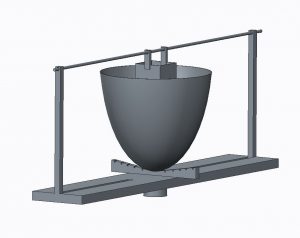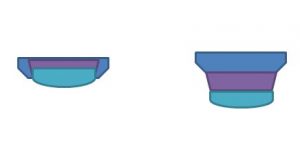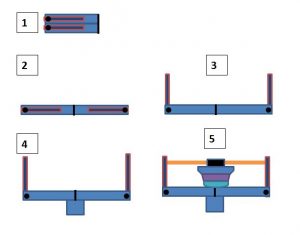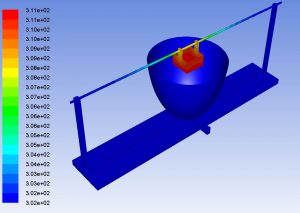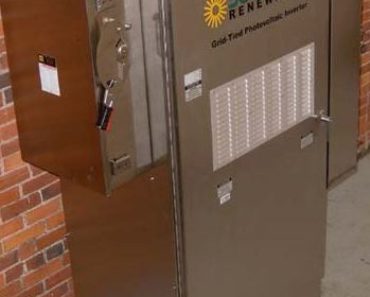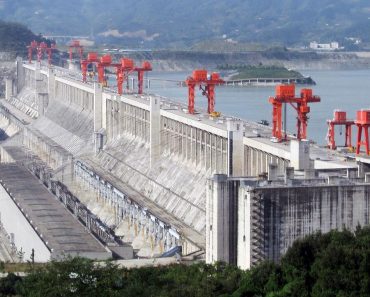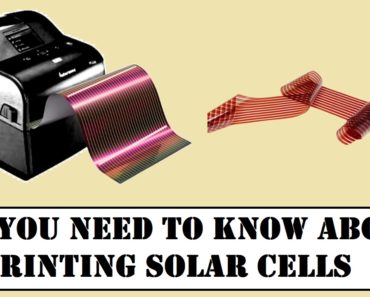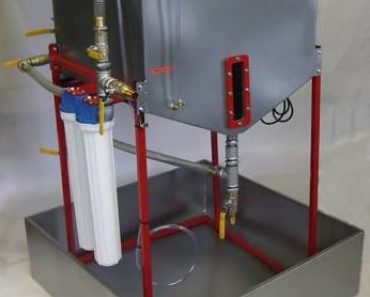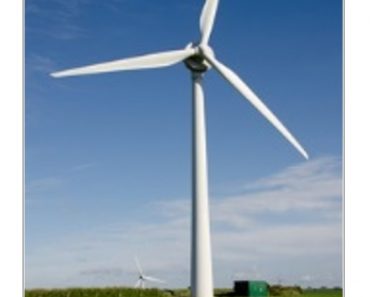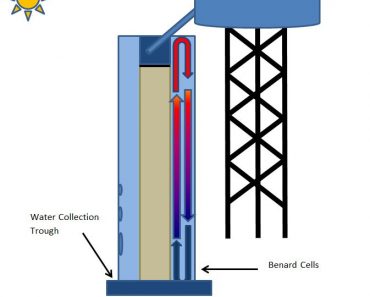Solar Cookers have seen a very lukewarm acceptance even among people who are suffering from fuel poverty. They may not be as dependable and robust for cooking as wood fired stoves are, but nonetheless they do provide a smoke free alternative. In many areas which do not have access to fossil fuels. dried wood is collected and burned in poorly constructed stoves. The daily collection of dried wood itself is a source of hardship for many poor Africans and Asians. Furthermore, the smoke released from these stoves causes a variety of pulmonary diseases.
It has been estimated in a study that burning wood for fuel can kill up to 10 million Africans by 2030.
The study also predicted that unless, cleaner methods of cooking are adopted, around 6.7 billion tonnes of CO2 would be released into the atmosphere by 2050. This makes the role of Solar Cookers all the more important particularly in the post oil era . However, the use of solar cooker has not seen instant adoption for two main reasons. Firstly, it requires a cultural shift. With Solar Cookers, cooking not only has to be done during certain times of the day but it has to be done differently too. It can take much longer to cook compared to traditional cooking. The second reason is the efficacy of solar cooker. Many solar cookers, particularly those that have simple designs (such as the breadbox solar cooker) are not very effective.
Therefore a solar cooker design that is efficient, robust, portable and cheap is much needed. In this article the most efficient solar cooker design is presented named the CF Solar Cooker. The CF cooker incorporates all features that improve the efficiency of the heater. The CF cooker was also designed with mass manufacturing in mind and thus can be produced cheaply (through economy of scale). The design is simple enough to have high durability. The design can be operated manually but it also has provision for incorporating a solar tracking system at an additional cost. Lastly CF cooker is designed to be portable. It can easily be folded to a rucksack size object (volume <300 litres) and is light enough to be carried anywhere (total weight <8 kg).
The CF heaters employs the following design principles to enhance efficiency:
- Heating the bottom of the cooking vessel
- Using Compound parabolic concentrator
- Employing a simple two axis tracking system.
Note there are many solar cookers designs that provide heating from the top. This includes the breadbox collector that reflects light directly on the top of the vessel. Heat has a tendency to rise and hence the such cookers are hottest at the top of absorption surface and not necessarily where food is placed in the cooker. On the other hand, just like traditional cooking, when the bottom of the cooking vessel is placed on flame, the heat rises through the food and cooks it more efficiently.
Compound parabolic concentrator have several advantages over traditional parabolic concentrators. Firstly, they have a wide collection angle. This means that they still collect and concentrate solar radiation, even when not precisely pointing towards the sun. They are also able to capture circumsolar radiation. This gives compound parabolic solar collector the ability to work even when there is light cloud cover. The acceptance angle from 25º to 45 ° means that the cooker can be left unattended for long durations. This reduces the user input and frees up time. Note the 45 ° acceptance angle means that if initially set up correctly, the cooker can be left for up to 3 hours without the need for adjusting the concentrator angle. Compound parabolic design can be worked from this web calculator.
2 Axis Tracking systems improve the solar radiation gain by over 40% through the course of the year compared to ground horizontal radiation. Therefore for any efficient Solar cooker design, tracking system is essential.
Design Details
The base of the CF heater is a wooden plank. A hinge allows the plank to be folded across its length. Two other hinge joints allow the main handles to be folded and nestled in a cavity in the base plank (as can be seen from the diagram). After the unfolding, the a ball bearing is slotted in to a cavity in the base plank at the bottom. This allows the heater to rotate across the Zenith axis. A wooden bar can be slide through holes in the handles. The bar supports the black metal pot which has a glass lid. In addition to the heating from the bottom, the glass lid allows solar insolation through creating a greenhouse effect. This helps in raising the temperature further.
The compound parabolic concentrator in the CF cooker is made out of plastic, with highly reflective paint on the inside. This concentrator is made in layers that are collapsible so not to occupy too much space when packaged. The concentrator can change angle (on an axis across the plank length) by a ball -rail mechanism. This swivel tracking system allows the CF cooker to be adjusted with ease. The collector can be pointed towards the sun with slightest of force. Unlike solar ovens that work around the noon time, the CF cooker can be used for the most part of a clear sky day. If needed, a stepper motor can be deployed additionally with the relevant circuitry to make the tracking system automatic.
The performance of CF solar cooker was tested on computer using thermal simulation and solar load models. It was noted that the collector works more efficiently for a variety of solar- ambient conditions compared to other designs.
The CF Solar collector is scalable and can be made in a variety of sizes. It is also collapsible and can be shipped in much smaller packages compared to its true size. It is estimated that the CF cooker, if mass produced (20,000 units) would cost less than $40 (~30 GBP) per unit.
If the mass production is taken up by a multinational group like IKEA, which has the infrastructure and expertise in place, than the cost could be further dropped.
There are many areas in the world where sparse population and deep land locking make it impermissible to maintain a fossil fuel supply chain. Similarly, there are countries like Pakistan that are running out of their prime fuel (Gas) reserves. Cooking and water heating account for a huge proportion of natural gas usage. By improving the efficiency of Solar cookers and Solar water heaters, their acceptability can be increased. In effect this can potentially reduce the rate of fossil fuels depletion. By alleviating the dependence on fossil fuels, solar cookers can empower and enrich the lives of many people.
Further Reading
What is the optimal angle for maximizing solar gain?
Solar Stills for desalination of water

